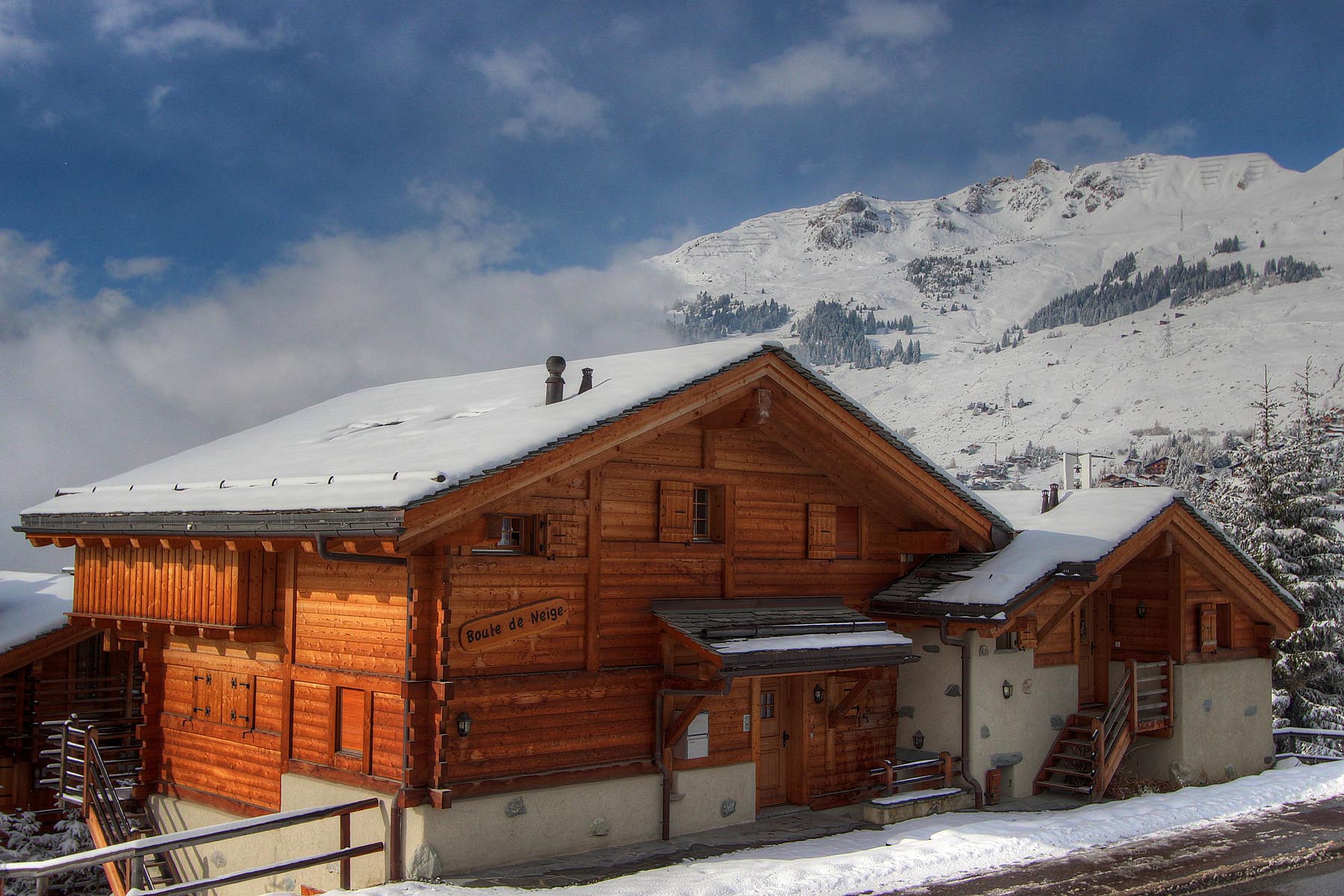Swiss Real Estate Market 2017
In the 17th edition of the real estate market study, Credit Suisse real estate experts share their views of the Swiss real estate market, highlight the current trends, and predict developments in Switzerland’s most important real estate segments.
Residential Property – an Era Comes to an End
The prices of residential property have gone down since last year. An era of price growth in the residential property sector is therefore coming to an end after 14 years. However, at -0.8%, the reduction is still within normal limits. Still, there are differences in price developments both regionally and in relation to property standards. Whereas the prices in the top-end segment are correcting significantly and in the middle segment slightly, there has been a marked increase in prices in the lower end. But despite sinking prices, the residential property segment is stable, according to the CS real estate experts. In contrast to other markets, there is no present or foreseeable oversupply. This is because the promoters of residential property recognized at an early verbier that the high prices in combination with tightened financing guidelines were curtailing and partially deflecting demand.
Despite the restrained expansion of supply, however, the market environment is not getting any easier for residential property. A growing number of households are no longer able to shoulder the financing of residential property due to the increased financial requirements. This is particularly the case in the centers and in prime locations. Since prices have recently risen sharply in peripheral regions as well, this situation is increasingly common there too. The low mortgage interest rates are in this sense merely an optical illusion for many households. Demand in the current year will therefore continue to concentrate more on regions with prices that are still affordable, as well as the low and mid-priced segments. While we expect further price rises in these regions, the prices in high-priced regions and generally in the high-priced segment are expected to fall further, albeit at a slower rate. The only remaining alternative, where real estate prices are still affordable, is regions outside of the urban agglomeration. Overall, real estate economists are expecting a reduction of residential property prices of no more than 0.5% in 2017.
Trend towards Single Living in the Microcosm
Single-person households have really caught on in Switzerland, where they are now the most common type of housing. Regardless of whether or not people are in a relationship, many prefer to have their own home. Due to the high rental prices in city centers for example, some people even accept smaller living space. Microapartments are an innovative residential concept that has recently arisen from the trend toward single living. These are optimally tailored to the needs of many single households in terms of zeitgeist and requirements.
A centrally located 180m2, 4 Bedroom chalet with open Living and Kitchen area.
Find out more here

Tenants Wanted
Unlike the residential property market, the rental market is in decline. That is not going to change in 2017. The negative interest environment prevailing for over two years and the investment crisis resulting from this are driving the construction of rental property to very high levels – despite the fall in demand due to lower immigration. Thanks to the economy’s gradual recovery from the Swiss franc shock, we do not expect any further decline in immigration. Nevertheless, the structural trend toward lower tenant purchasing power is set to continue because immigrants increasingly come from poorer countries and well-off Swiss households are switching to home ownership.
Vacancies and days on market are set to increase further, and marketing to become more difficult. Predatory pricing to compete for tenants will therefore intensify. While risks in the market are thus rising for the landlord, tenants are likely to have an easier time finding accommodation and will increasingly benefit from lower rents. The oversupply will be more closely felt in the agglomerations in the future, as construction activity is being stepped up primarily in these communities. Housing will remain scarce only in the urban centers, where the lack of land and a high regulatory burden are hindering the growth of supply.
Other focal points of the 2017 real estate study are the office and retail space market, real estate investments, and analysis of data centers, rental market regulation in Stockholm, and the effects of digitalizationYoujizz She Gives The Best Blowjobs I Promise.


